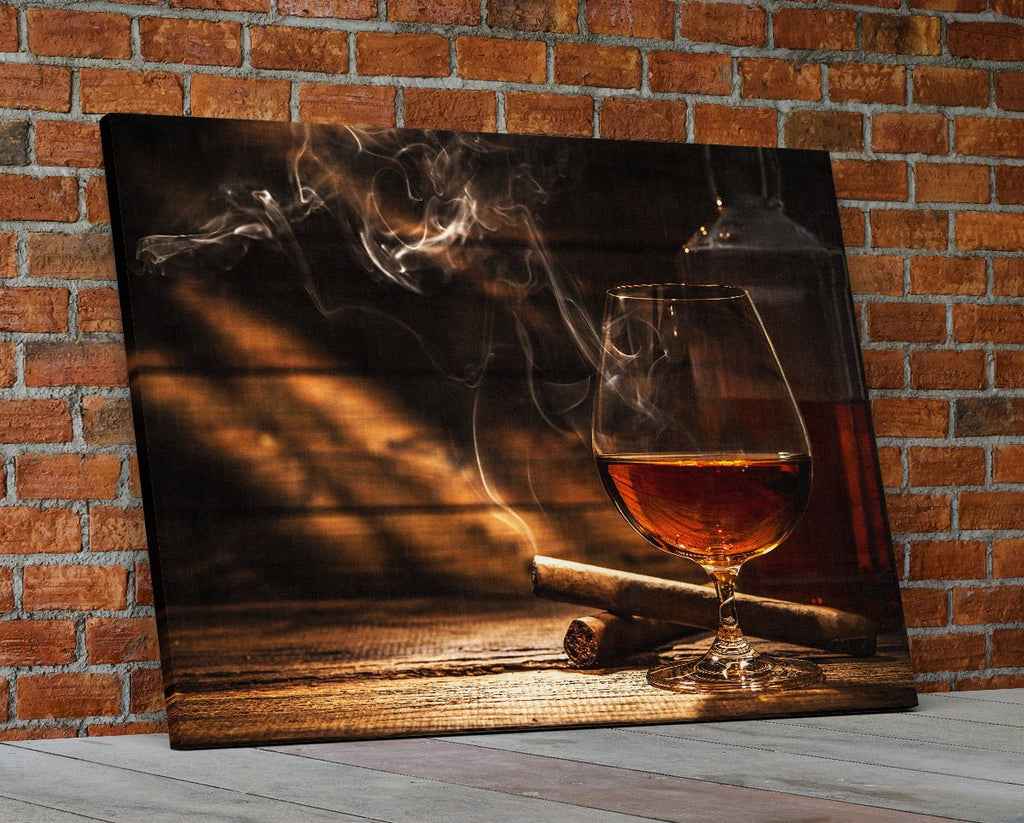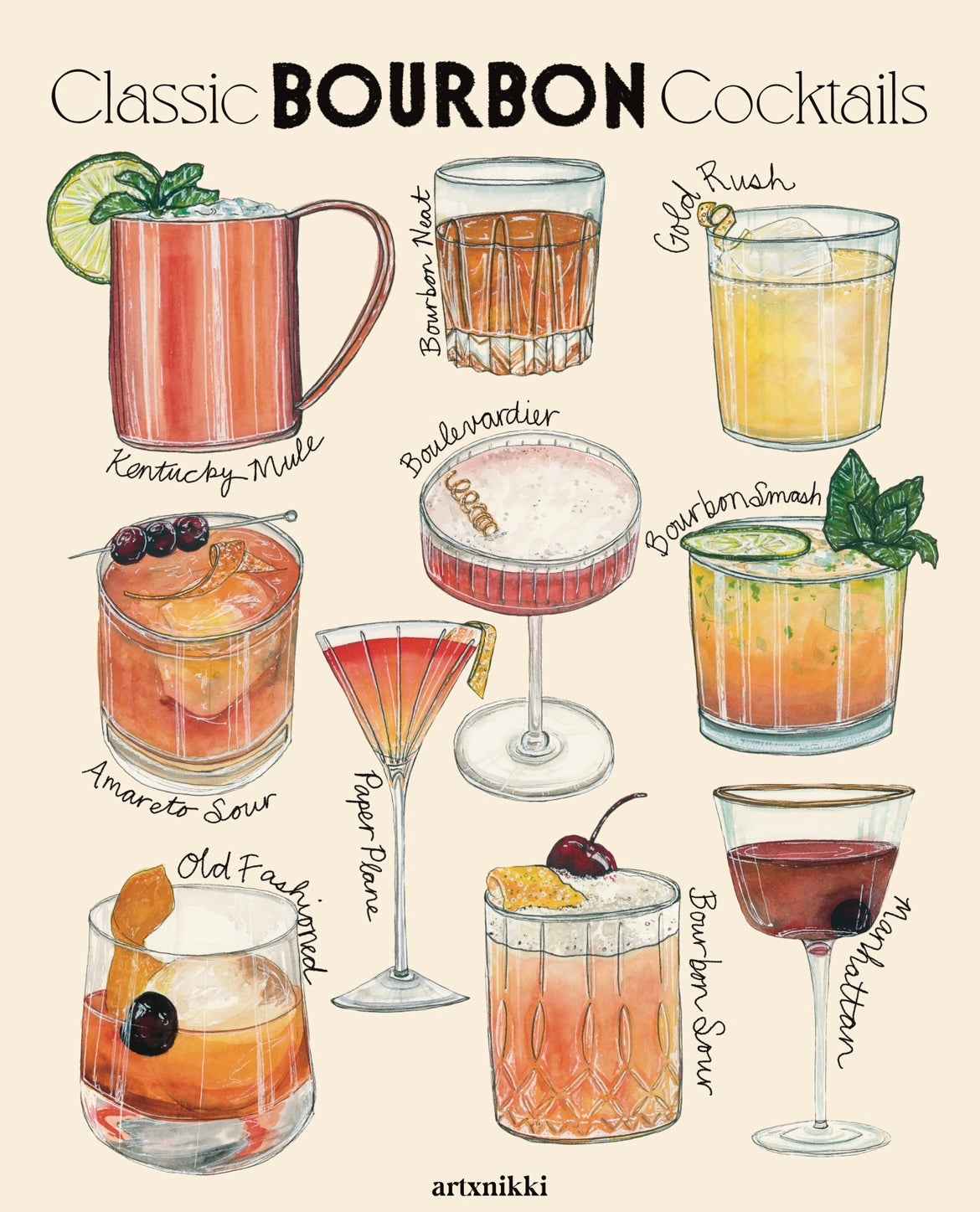The Importance of Whiskey Art in Celebrating Heritage and Workmanship in the Beverage Industry
The intricate partnership in between scotch art and the party of heritage and workmanship within the beverage market can not be overstated. With thoughtfully designed containers and tags, bourbon brands encapsulate their historical roots and the artisanal abilities that specify their production approaches. This artistic measurement not just enhances market charm but also works as a channel for cultural narration, promoting a deeper connection in between the customer and the craft. As we check out the different aspects of this subject, interesting inquiries concerning the impact of modern patterns on standard methods emerge, motivating more examination.
The Historic Origins of Whiskey
At the heart of whiskey's appeal exists a rich tapestry of historic origins that map back to old human beings. The beginnings of whiskey can be linked to the distillation practices of the Sumerians and Babylonians around 2000 BCE, where early kinds of fermented grain beverages began to arise. It was in the Center Ages that the art of purification developed substantially, especially in Ireland and Scotland, leading to the creation of scotch as we recognize it today.
The term "whiskey" itself acquires from the Gaelic word "uisce beatha," indicating "water of life." This phrase highlights the social value of whiskey in Celtic cultures, where it was often connected with rituals, celebrations, and communal bonding. By the 15th century, purification became an acknowledged craft within monastic areas, paving the method for the establishment of legal distilleries.
As trade routes expanded, scotch's appeal grew, transcending local boundaries and catching the passion of lovers worldwide. Realism Art. This historical journey reflects not only the workmanship behind whiskey manufacturing however likewise its important duty in social and cultural contexts, marking it as a significant drink throughout history
Artistic Expression in Branding
Scotch branding stands as a compelling crossway of virtuosity and commerce, where visual identity plays an important function fit consumer assumption. The looks of scotch tags, product packaging, and advertising products mirror not just the brand's tale but additionally its core values and heritage. Through imaginative expression, distilleries convey a story that reverberates with consumers, evoking emotions and sparking connections.
Making use of color, typography, and images in branding serves to differentiate items in a saturated market. For example, conventional concepts may evoke a sense of authenticity and craftsmanship, while modern layouts can signify development and forward-thinking. This critical creative instructions enhances brand name recognition and loyalty, permitting consumers to create an individual relationship with the bourbon they pick.
Furthermore, creative expression in branding often functions as a celebration of regional heritage. Distilleries frequently incorporate neighborhood symbols or historic referrals into their designs, creating a feeling of place that invites customers to engage in a broader social experience. Inevitably, the virtuosity behind bourbon branding not just enhances aesthetic charm yet also enriches the total story of the brand name, cultivating a much deeper admiration for the craftsmanship and heritage embedded in each bottle.
Craftsmanship in Container Design
The virtuosity evident in bourbon branding expands past visual identity to incorporate the workmanship entailed in bottle design. Each container acts as a vessel not simply for the spirit within, however also for the story it informs concerning its custom, beginning, and top quality. The layout process needs careful interest to information, as components such as closure, material, and shape add dramatically to the total assumption of the bourbon.
Craftsmanship in bottle layout involves selecting top notch glass that can improve the bourbon's color and clarity, while also giving a tactile experience for the customer. The shape of the container have to be both visually appealing and functional, usually reflecting the heritage of the brand. Numerous distilleries select one-of-a-kind shapes or printed logo designs that evoke a sense of you could check here authenticity and background.
Moreover, the label layout and typography play a crucial duty in connecting the brand's story. Limited Edition. A well-crafted bottle not only mesmerizes the consumer's eye yet also strengthens the brand name's dedication to top quality and tradition. By doing this, the craftsmanship of container design comes to be an essential facet of the bourbon experience, merging creativity with a profound respect for heritage
Cultural Significance of Scotch Art
Commemorating practice and craftsmanship, the social importance of whiskey art goes beyond mere looks, intertwining with the social and historical narratives of the areas where it stems. Each container functions as a canvas, illustrating the unique tales, folklore, and customs that have formed local whiskey-making practices. The complex layouts often show the heritage of the distillers, including icons and themes that resonate with the society and values of image source their neighborhoods.

Furthermore, bourbon art plays a crucial role in communal events and events, functioning as a substantial link between individuals and their shared experiences. By valuing the creativity in bourbon packaging, customers cultivate a deeper understanding and regard for the craft, inevitably enriching their enjoyment of the drink itself.
Modern Trends in Scotch Presentation
In current years, the presentation of bourbon has actually evolved to mirror modern tastes and fads while still recognizing standard workmanship - Bourbon Art. Distilleries are increasingly concentrating on visual aspects that boost the general alcohol consumption experience, connecting the gap in between heritage and modernity
Ingenious bottle layouts have emerged, often including sustainable products and artistic labels that inform engaging tales. Many brands currently work together with neighborhood artists, instilling their items with distinct aesthetic expressions that resonate with consumers. Furthermore, limited-edition releases are typically packaged in collectible containers, including worth and appeal for lovers.

Verdict
In conclusion, whiskey art offers as a crucial conduit for expressing the heritage and workmanship inherent in the drink market. Via detailed branding, cutting-edge bottle designs, and culturally significant artistic elements, bourbon brands effectively recognize their practices and attach with customers.

Craftsmanship in container design entails selecting top quality glass that can enhance the whiskey's color and quality, while also giving a tactile experience for the customer. In this method, the craftsmanship of bottle layout comes to be a crucial facet of the whiskey experience, merging virtuosity with an extensive regard for heritage.
In verdict, scotch art serves as a vital channel for expressing the heritage and workmanship integral in the beverage market.